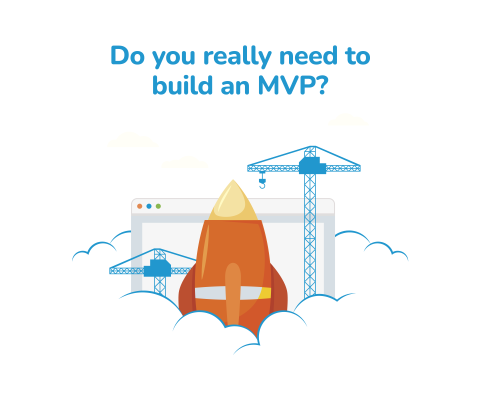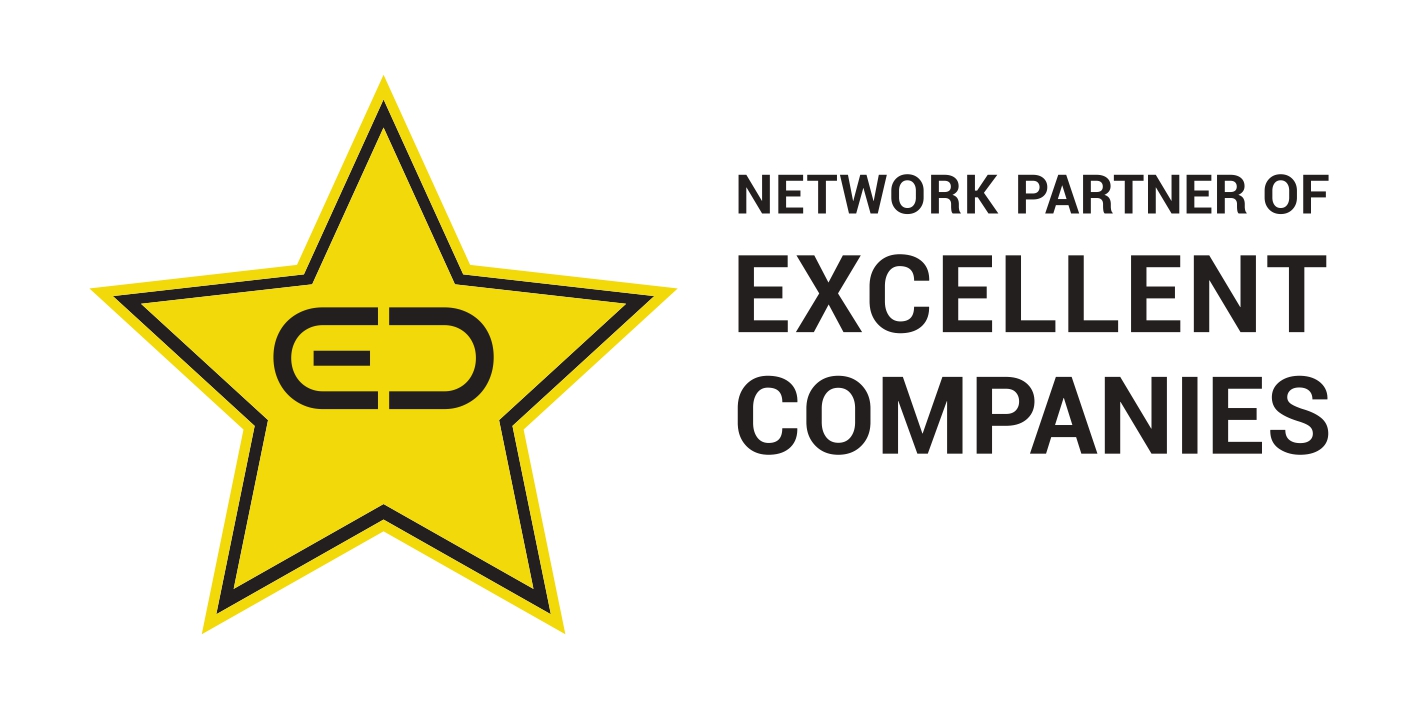December 4th, 2025, posted in for_founders
by Adelina
There's a lot to figure out when you begin to work on a new app. A lot of it has to do with getting to know your users. What kind of people are they? What is their day to day life like? What part will this app play in their life?
Finding answers to these questions will make it much easier to map out the user flows of an app. Plus, you will get a better idea of what it should look like - do you use pastel colors or black and white? Do you use serif fonts or sans-serif fonts? And so on.
You can find out all of these things through user interviews. There are lots of resources out there about how to organize them, what kind of interviews you can hold, how to pick participants, and more. One of the best resources we’ve found is The UX Research Field Guide by User Interviews.
But in this article, we want to tackle something more specific. Let’s say you've already read everything there is to know about user interviews and UX research. But what do you actually ask the participants? Using a courier services app as an example, we’ll give you a series of general questions you can ask your potential users to gain more insight. Of course, questions vary depending on the research method you use. But for this article, we’ll be referencing interviews.
App example we’ll be basing questions off of:
A courier services app, where people can calculate shipping costs, create shipping labels they can print, and of course, get packages sent from one place to another. Let’s call it Delivr. This would serve regular people who want to send small to medium parcels to each other - in other words, non-commercial shipments. To ship packages through Delivr, users can call a courier to their house or workplace and hand it off to them. The courier can also help with packaging and labeling.
Now, let’s move onto the actual questions you could ask. For user interviews, we suggest splitting questions into 2 halves:
1. Questions about the user’s day to day life. Get to know them as a person, to be able to figure out how to fit your app into their daily activities. Find out how much attention and free time they can put into this. How much time they’d have to weigh or measure packages, or if they can even package them at all. This way, you’ll know what kind of useful information the app could provide - and key features it should have.
2. Questions related to the problem the app is trying to solve. Since our app example is meant to help people send packages to each other easier, ask them about their experience with postal services. This way, you’d find the main issues they deal with - and figure out how your app can fix them.
Part 1: Get to know your user.
In the first half of the interview, start small with general questions about your user. From basic things like their name, to their occupation, hobbies and daily routine.
Here are a series of questions you can ask in this first half:
1. What’s your name?
2. How old are you?
3. What is your occupation?
4. What are your hobbies?
5. How much time do you have for them?
6. Describe your day to day activities.
These are quite universal and can be used for a variety of app types.
With the 2 last questions, you can find the best ways to fit the app into your user’s day to day life. With an app like Delivr, since it requires a lot of data entry (you’d have to put in address info, package weight, dimensions, and so on, just to get shipping costs) that can take a long time, you need to know if your potential users have that kind of time. And if they don’t, you’ll have to create the best UX flows to help them achieve their goals.
What’s the point of asking all these things, you might ask. First of all, asking these basic things will help create a connection with the interviewee. This way, when creating user flows, you’ll be able to imagine yourself in their place. Asking about their occupation and hobbies will let you know more about their personality, and can help you make design decisions. And most of all, knowing if they have a demanding occupation will help you figure out how apps like Delivr can be helpful and not disruptive.
Part 2: Find out about the problems your app is trying to solve.
In the second half, we recommend focusing on the specific issue your app is trying to solve. Go to the root of the issue, and find out how you can best assist your potential users.
Generally, it’s essential to think about every element of the app you’re designing and asking questions based on that. If it’s a content management system, ask your potential user about each type of content they want to manage through it - posts, categories, comments, and so on. If it’s an e-commerce, ask them how they usually shop online, if they usually save products they’d like to buy later (this way you’d know if you need to create a favorites or wishlist feature), what kind of troubles they usually go through when placing an order - for instance, the store they buy from don’t save their address. Or they don’t have product reviews.
As we’ve already pointed out, a central question in this section should be the problem: find out what your users usually have trouble with when using similar services, so you can create a better product that fits their needs. Why not ask them what they want from such an app right off the bat?, you might say. They might not be able to think about it right away. But negative experiences with other apps might have a bigger impact. And they’ll help you pinpoint exactly what the user needs.
Here are some questions you can ask, relating to our app example:
1. How often do you send packages to friends and family?
2. How much time does it usually take to do it? (from packaging, to making shipment labels, to sending them off)
3. What’s the most inconvenient part of it?
4. What issues do you usually have when sending packages to friends and family?
5. What kind of solutions have you tried?
6. What kind of improvements would you like to see?
7. What is the ideal way for you to ship out packages?
8. How much are you willing to pay to make the process easier?
With such questions, you can outline several features for the app. With Delivr, you can find out if your users need to be able to ask for the courier to bring packaging supplies, or to be able to schedule for them to come at a specific time.
For instance, let’s say your interviewee is a very busy business woman with a packed schedule. And she tells you that she doesn’t have the time to buy supplies and package things, so she needs to ask interns or other employees to help her, but she doesn’t like doing that. Also, she often has meetings and has to know at least a one hour range of when her courier can arrive. This already tells you that when booking a courier through Delivr, customers should be able to ask for the courier to bring supplies and package the shipment themselves. And to request to have them come in a specific time range.
This all sounds very specific - and that’s because the best way to find the real issues an app should solve is to get into the specifics. With a food delivery app, interviewees might tell you that they’d like to be notified when the delivery man is 2 minutes away. Or if they’re stuck in traffic. Or maybe your potential users are annoyed that most delivery services give them plastic cutlery, which they don’t want - thus, you can include the option to not give them to customers.
There you have it, these are our tips on how to get to know your users. It all comes down to knowing the business idea well enough to be able to come up with the best questions. Once you’ve got all the information, you can find out all the important things from your users.
If you’re looking for someone else who can get to know your users, and/or create an entire app for you, contact us and let’s create awesome things together.


















